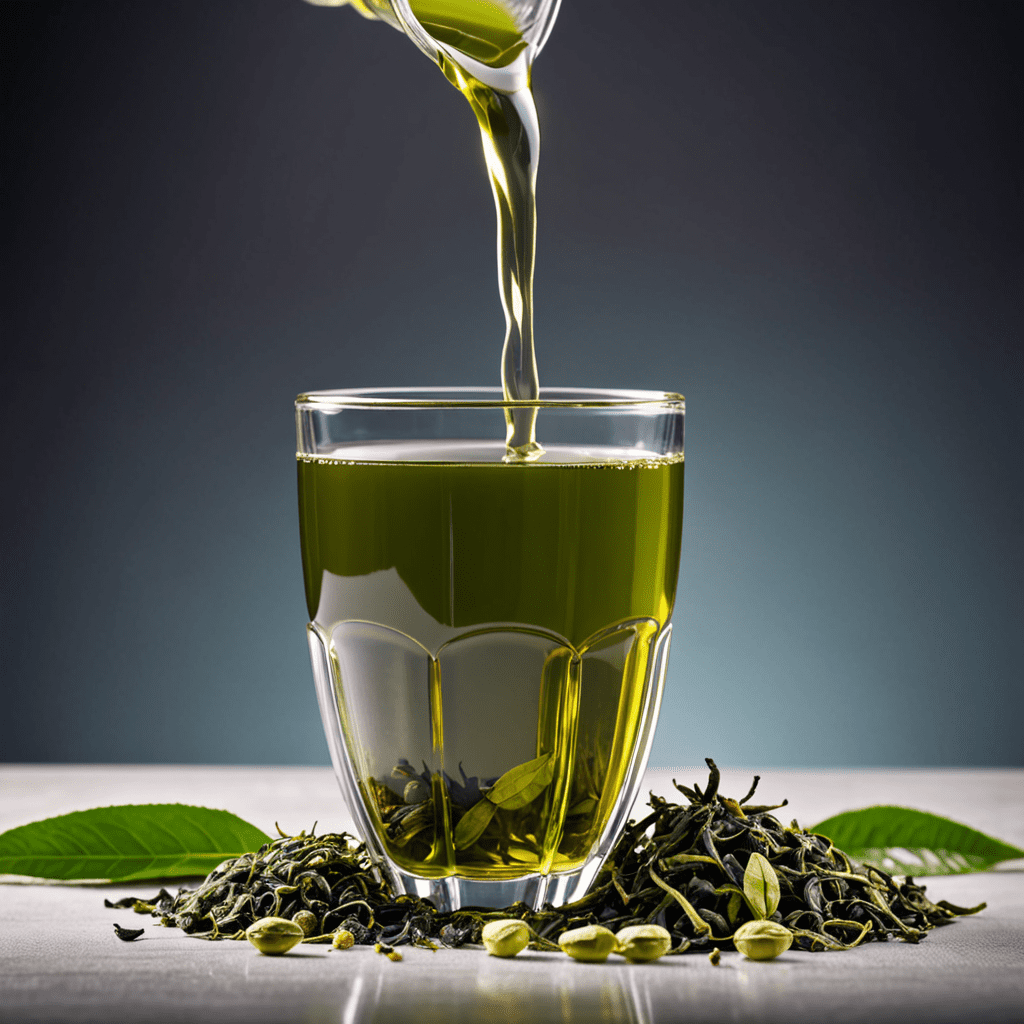Introduction: Exploring the Enchanting World of Chai Tea
Chai tea, a captivating brew with a captivating aroma and delectable taste, is a symphony of flavors that has enchanted tea enthusiasts for centuries. Its origins can be traced to the bustling streets of India, where it has been an integral part of the cultural fabric for generations. Chai is more than just a beverage; it's a ritual, a way of life, and a sensory experience that awakens the senses and warms the soul.
Historical Origins: A Journey through Time and Tradition
The history of chai tea is as rich and vibrant as its flavor. Its roots can be found in the ancient Ayurvedic tradition of India, where spices have been used for their medicinal and therapeutic properties for thousands of years. The earliest forms of chai were likely simple concoctions of black tea and spices, used as a restorative tonic. Over time, the recipe evolved and became more elaborate, with the addition of milk, sugar, and a plethora of aromatic spices.
The Symphony of Spices: Unveiling the Secret Blend
The distinct flavor of chai tea comes from the harmonious blend of aromatic spices. The traditional chai masala, or spice mix, typically includes cardamom, cinnamon, ginger, cloves, black pepper, and nutmeg. Each spice plays a unique role in creating the symphony of flavors, with cardamom adding a sweet and aromatic note, cinnamon providing warmth and sweetness, and ginger contributing a hint of spiciness. The proportions and combinations of these spices can vary, giving rise to a diverse range of chai flavors.
The Art of Brewing: A Ritual of Precision and Patience
Brewing the perfect cup of chai tea is a ritual that requires precision and patience. Traditionally, chai is prepared by simmering a blend of black tea, milk, and spices in a pot over low heat. The brewing time and temperature are crucial, as they impact the extraction of flavors and the intensity of the tea. Once brewed, the chai is typically strained to remove the spices and served hot, often accompanied by a sweet treat.
Healthful Delights: Unlocking the Hidden Benefits
Beyond its captivating taste, chai tea is also renowned for its potential health benefits. The spices used in the chai blend have been traditionally employed in Ayurvedic medicine to promote well-being. Cardamom is believed to aid digestion, cinnamon may help regulate blood sugar, and ginger possesses anti-inflammatory properties. While scientific evidence supporting these claims is still emerging, many tea enthusiasts attest to the invigorating and comforting effects of a warm cup of chai.
Cultural Significance: Chai's Deeply Rooted Connections
Chai tea is deeply embedded in the cultural fabric of India and other South Asian countries. It's a beverage that brings people together, fostering a sense of community and warmth. Chai is often served at social gatherings, religious ceremonies, and as a welcome gesture to guests. It's a symbol of hospitality and a way to connect with others over a shared experience.
Variations and Adaptations: A Canvas for Creativity
While traditional chai tea remains a beloved classic, modern variations and adaptations have emerged to cater to diverse tastes and preferences. Some popular variations include:
- Masala Chai: The traditional Indian chai, prepared with a blend of black tea, milk, and spices.
- Ginger Chai: A spicier variation that emphasizes the flavor of ginger.
- Green Chai: A lighter and more refreshing option made with green tea instead of black tea.
- Chai Latte: A popular café drink that combines chai tea with steamed milk and often a sweetener.
Chai in Modernity: Evolving with the Times
Chai tea has transcended its traditional origins and become a global phenomenon. It's now enjoyed in tea shops, cafes, and homes around the world. The popularity of chai has also led to the creation of chai-inspired products, such as chai lattes, chai-spiced desserts, and even chai-infused cosmetics.
Chai Tea Rituals: A Sensory Journey
Chai tea is not just a beverage but a sensory experience. The ritual of preparing and drinking chai can be meditative and calming. The aroma of the spices fills the air, creating a soothing atmosphere. The warmth of the tea envelops the body, providing comfort and relaxation. Chai tea invites us to slow down, savor the moment, and connect with our senses.
Conclusion: A Timeless Symphony that Enchants the Senses
Chai tea is a timeless symphony of flavors, spices, and cultural significance. Its origins in ancient Ayurvedic tradition have given rise to a beverage that's not only delicious but also potentially beneficial to well-being. Whether enjoyed in its traditional form or in modern adaptations, chai tea continues to enchant the senses and bring people together. It's a beverage that transcends time and cultures, offering a comforting and invigorating experience that warms the soul and delights the senses.
FAQs
Q: What is the difference between chai tea and regular tea?
A: Chai tea is a blend of black tea and spices, while regular tea typically refers to unflavored black tea.
Q: What is the caffeine content of chai tea?
A: The caffeine content of chai tea can vary depending on the type of black tea used and the brewing time. Generally, a cup of chai tea contains around 40-60 milligrams of caffeine.
Q: How do I make chai tea at home?
A: To make chai tea at home, simmer a blend of black tea, milk, and spices in a pot over low heat for 10-15 minutes. Strain the tea to remove the spices and serve hot.
Q: What are the health benefits of chai tea?
A: Chai tea is believed to have several potential health benefits, including improved digestion, reduced inflammation, and boosted immunity. However, more scientific research is needed to substantiate these claims.

